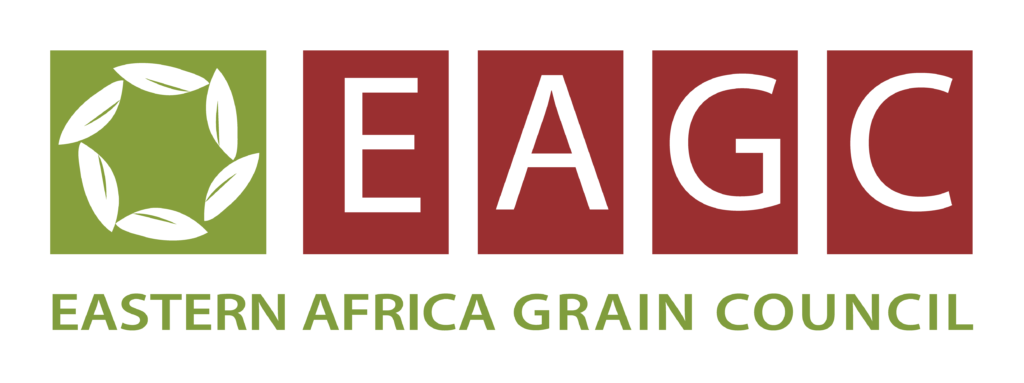EAGC participated in an Indian wheat import discussion meeting, held between Ministry of Agriculture, Livestock and Fisheries (MOALF), Kenya Plant Health Inspectorate Service ( KEPHIS) and Cereal Millers Association (CMA).
The purpose of the meeting was to discuss and deliberate on the impot of wheat from India as an alternative source given the decline of wheat imports in the country from Russia and Ukraine owing to the ongoing conflict between the two countries.
Importation of wheat from India was prohibited in Kenya since 1970 through an Act of Parliament due to the risk of spread and management of the KB pest prevalent in Indian wheat into the Kenyan environment.
However, there have been unsuccessful subsequent legislations that have been put in place to lift the ban. Kenya has since been importing wheat from Australia, Russia, Ukraine, Argentina, Canada among others depending on their harvesting seasons. India has now emerged the immediate source of wheat for various countries among them the European Union and some EAC partner states such as Uganda and Tanzania for the next three months.
The import by the EAC states raised concerns that despite Kenya’s ban, Uganda’s wheat from India is transited through Kenya, and the possibility that Kenya’s and Tanzania’s imports will find their way to Kenya as raw materials for animal feeds through cross border trade, eventually posing the risk of infection. The import will also affect Kenya’s short term and long-term competitiveness.
KEPHIS highlighted the sensitivity of the re-introduction of wheat imports into the country given inadequate inspection and testing procedures and protocol in areas where KB is known to occur do not guarantee that their wheat is safe and KB free for export.
It was however noted that other African countries such as Egypt, Tanzania and Uganda are considering to import wheat from India whose prices are approximately $UD380 per ton compared to the conventional wheat suppliers at $UD480, with the anticipation that prices will rise.
The meeting tasked KEPHIS to conduct a scientific pest risk analysis to inform the development of a methodology and criteria for review of the ban and to verify the improvement (if any) on compliance to international standards of mitigating the effects of the KB pest, given that India is a member of the WTO.
Additionally, KEPHIS was tasked to engage with their counterparts in India to identify any measures taken towards addressing the KB Pest concerns and develop conditions and mitigation measures on Plant import permit (PIPs) specific to India should the imports found viable Millers on the other hand will explore alternative availability of wheat such as Argentina which has recorded increased imports and where possible, given the escalating prices, exhaust these sources before venturing into India and Poland.
Projections indicate that India wheat will run out in the next 3 months, If Kenya does not act promptly, it is likely to run out of alternate import options due to the rising global demand of Indian wheat, and the likelihood that with increased demand, India may soon restrict exports to safeguard their own consumption or alternatively increase their prices to match up the prevailing supply and demand. Considerations of duty removal are also underway should the import be viable.
EAGC will lead a joint delegation of government agencies and regulators and the private sectors to travel to India for a fact-finding mission to determine the viability of imports

